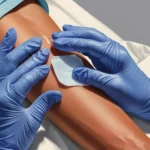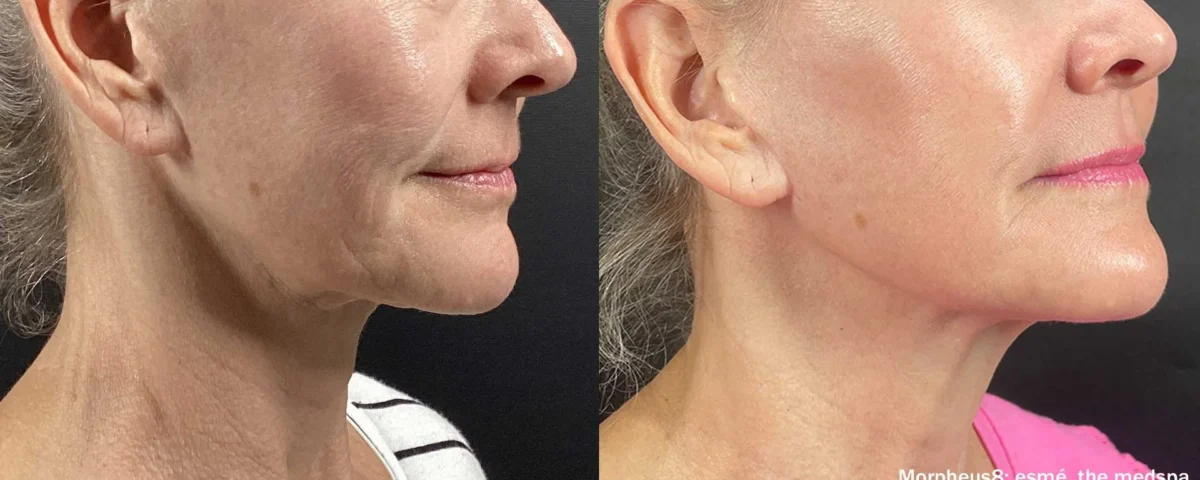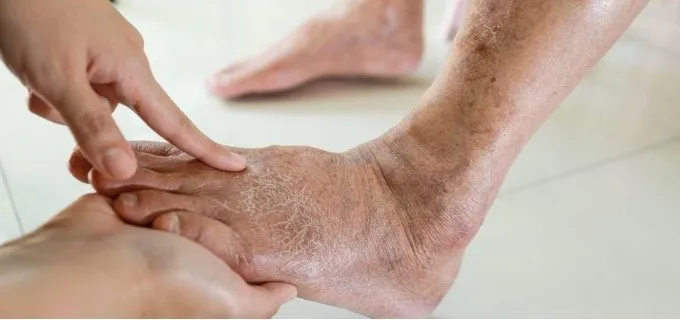
What Is Holistic Healthcare?
September 25, 2025
Key Considerations for Patients Undergoing Skin Cancer Surgery
September 26, 2025Skin cancer is the most common form of cancer diagnosed in Americans. Understanding this condition and the available treatment options is a key step in navigating your care after a diagnosis. Here is more information on skin cancer and a specific surgical procedure known as Mohs surgery:
What Is Skin Cancer?
Skin cancer is the abnormal growth of skin cells. It most often develops on skin exposed to the sun, but can also form on areas that are not. There are several types of skin cancer, with the most common being basal cell carcinoma, squamous cell carcinoma, and melanoma.
Treatment for skin cancer varies depending on the type, size, depth, and location of the cancer. One effective treatment for certain types of skin cancer is Mohs surgery. This procedure may be recommended for treating basal cell and squamous cell carcinomas, especially those on the head and neck.
What Causes It?
The primary cause of skin cancer is exposure to ultraviolet (UV) radiation from sunlight or artificial sources, such as tanning beds. UV radiation damages the DNA in skin cells, leading to mutations that can cause the cells to multiply and form malignant tumors. Other factors can also increase risk, such as having a fair complexion, a history of sunburns, or a family history of skin cancer.
What Are the Symptoms?
Symptoms of skin cancer vary. They often appear as a new or changing spot on the skin. Look for moles that change in size, shape, or color. A skin lesion that is sore, itchy, bleeds, or does not heal should also be examined by a medical professional.
Common signs include:
- A waxy or pearly bump
- A firm, red nodule
- A flat lesion with a scaly, crusted surface
- A large brownish spot with darker speckles
Early detection is beneficial for successful treatment. Regular skin self-examinations and professional skin checks help identify suspicious spots early.
What Is Mohs Surgery?
Mohs surgery, also known as Mohs micrographic surgery, is a precise surgical technique used to treat skin cancer. During the procedure, thin layers of skin containing cancer cells are progressively removed and examined under a microscope. This process continues until only cancer-free tissue remains.
The goal of Mohs surgery is to remove the skin cancer completely while sparing as much healthy tissue as possible. This approach has a high cure rate and can minimize scarring. Surgery is typically performed in an outpatient setting under local anesthesia.
What Does the Process Involve?
The Mohs surgery process is methodical. The visible cancer is removed along with a thin layer of surrounding tissue. This tissue is then taken to an on-site lab, where it is processed and examined under a microscope by the surgeon.
If cancer cells are found at the edges of the removed tissue, the surgeon knows exactly where the remaining cancer is located. Another thin layer of tissue is then removed from that specific area. This process is repeated until no more cancer cells are detected. Once the cancer is fully removed, the surgeon will discuss options for repairing the wound.
Know What To Expect
Understanding the Mohs surgery process can help you prepare for your appointment. The procedure is designed to remove skin cancer effectively while preserving healthy tissue. Discuss any questions or concerns you may have with your healthcare provider, as they can provide personalized information regarding your specific situation and guide you through the treatment process.





